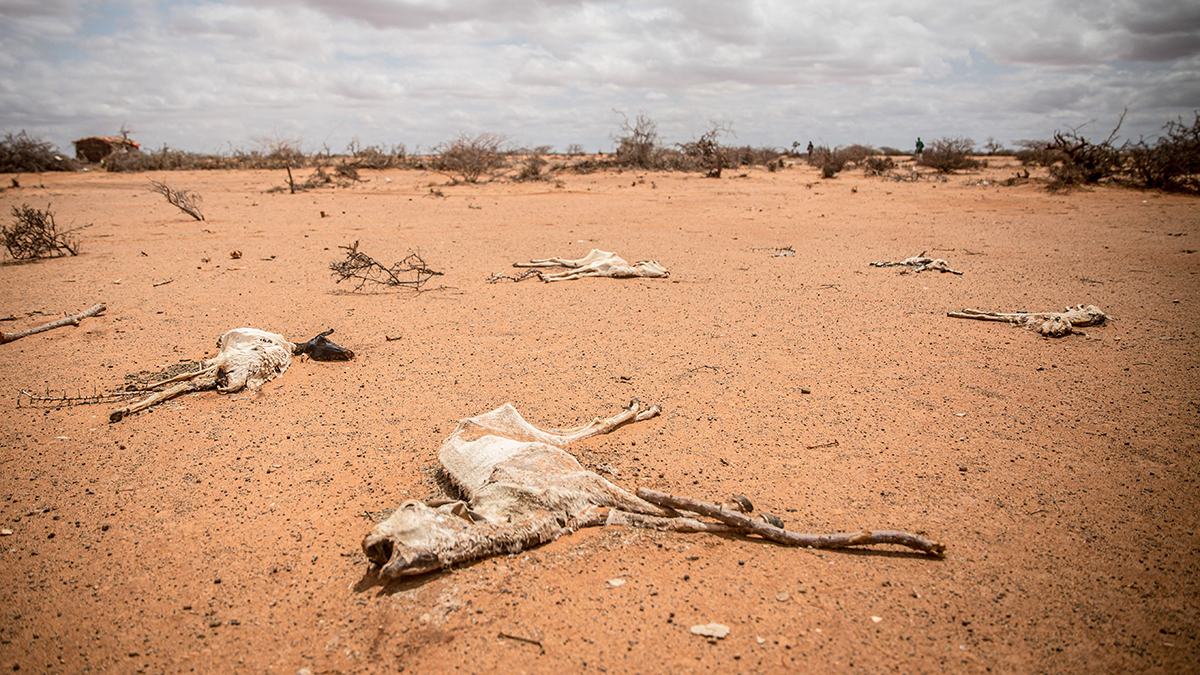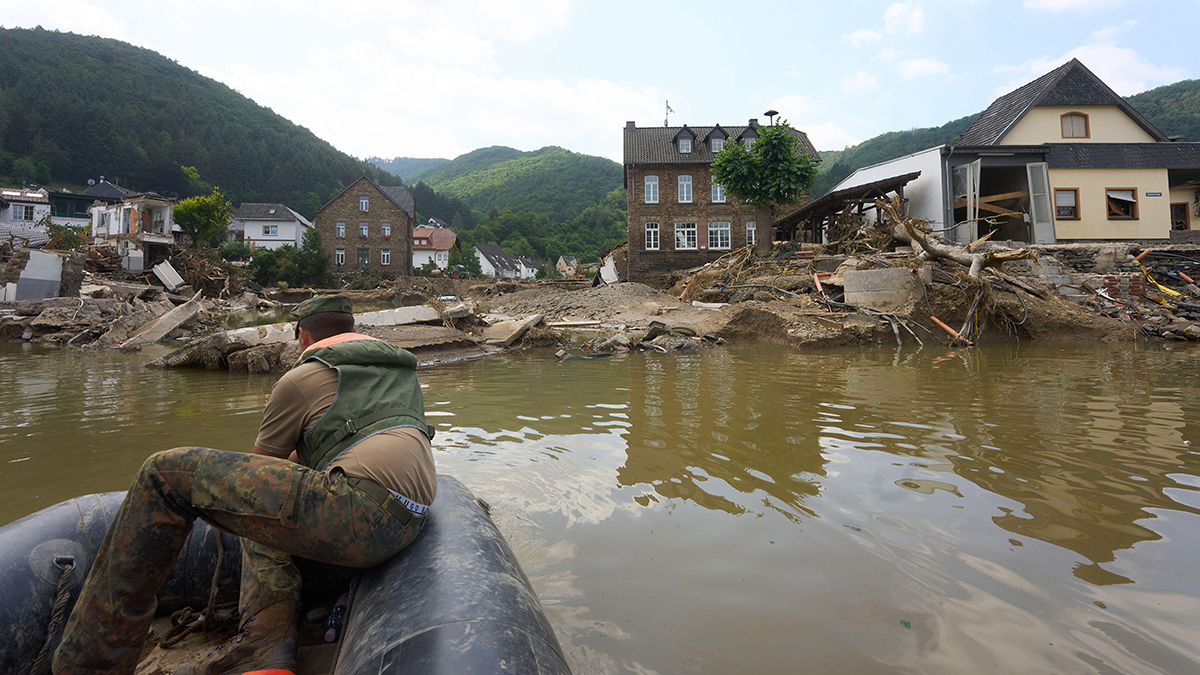Innovation required to close health protection gap: Swiss Re
Reinsurer's head of life and health says closing the life and health insurance gaps will require a three-pronged approach of addressing availability, accessibility and affordability
A perfect storm of inflation, the cost of living crisis and increased health risks from climate change will require inventive solutions that focus on increasing access to underserved populations
Swiss Re has warned of widening global health protection gaps driven by surging inflation and the wider impact of climate change.
While last year presented a positive picture in terms of the protection gap, there are concerns this could be reversed this year.
Data collected by Swiss Re reveals the global health protection gap shrank 4.3% to $737bn as a result of strong health insurance growth to cover pandemic-related health costs. At the same time health insurance premiums in emerging economies rose more than 9% in real terms in both 2020 and 2021.
But price increases, combined with higher inflation and consumer costs, are predicted to dampen health insurance uptake in 2022, thereby potentially widening the protection gap.
Meanwhile, last year the mortality protection gap widened further by almost 10% to $433bn, led by emerging economies in Asia, Europe and North America. This translates into a global mortality resilience index of 45.7%, meaning the assets needed for a household to financially absorb the loss of a chief breadwinner fell short by 54%.
A perfect storm of inflation, the cost of living crisis and increased health risks from climate change means just keeping the health protection gaps steady will require inventive solutions that focus on increasing access to underserved populations, according to Swiss Re.
Julien Descombes, head of life and health products reinsurance at Swiss Re, said closing the life and health insurance gap will require more than the introduction of new products to the market. Any solution will have to consider a three-pronged approach – what he calls the three As – of addressing availability, accessibility and affordability.
“What we see is that clearly accessibility is the biggest challenge in terms of reaching those populations,” Descombes told Insurance Day. “How do you issue policies and deal with claims in an efficient way and then find the beneficiaries? How do you collect premiums? All of these are accessibility issues”.
The challenge is that traditional sales approaches used in developed markets are not always best suited for emerging ones and often the insurance gap persists because life insurers conclude it is too difficult to provide insurance if they do not know how to reach the customer.
“There is a degree of innovation going on to address the gap, but the product is usually not the biggest problem. Simply by introducing a new product you are not going to close the gap. Accessibility – the distribution of insurance – is where the industry needs to up its game,” Melissa Leitner, head of sustainable life and health delivery at Swiss Re, added.
Leitner points to some out-of-the box solutions to accessibility such as allowing customers to convert life insurance into certain types of health insurance that pay out for specific diagnoses.
One such example was a product trial in Slovakia where elderly customers could purchase a life insurance policy where some of the benefits could be paid out for very costly cancer treatments.
With the risks of climate change predicted to disproportionally affect emerging economies in the global south, bridging those insurance gaps has become more urgent than ever. The UN’s Intergovernmental Panel on Climate Change warns rising temperatures could lead to an increase in infectious diseases such as malaria and dengue fever.
Heatwaves and recurring droughts are already leading to severe malnutrition and increased child mortality rates in east and central Africa.
“With climate change it is disproportionally developing countries that will be affected. I think this will accelerate the recognition of the need to close this insurance protection gap and create the perception insurers can help and be part of the solution," Descombes said.



